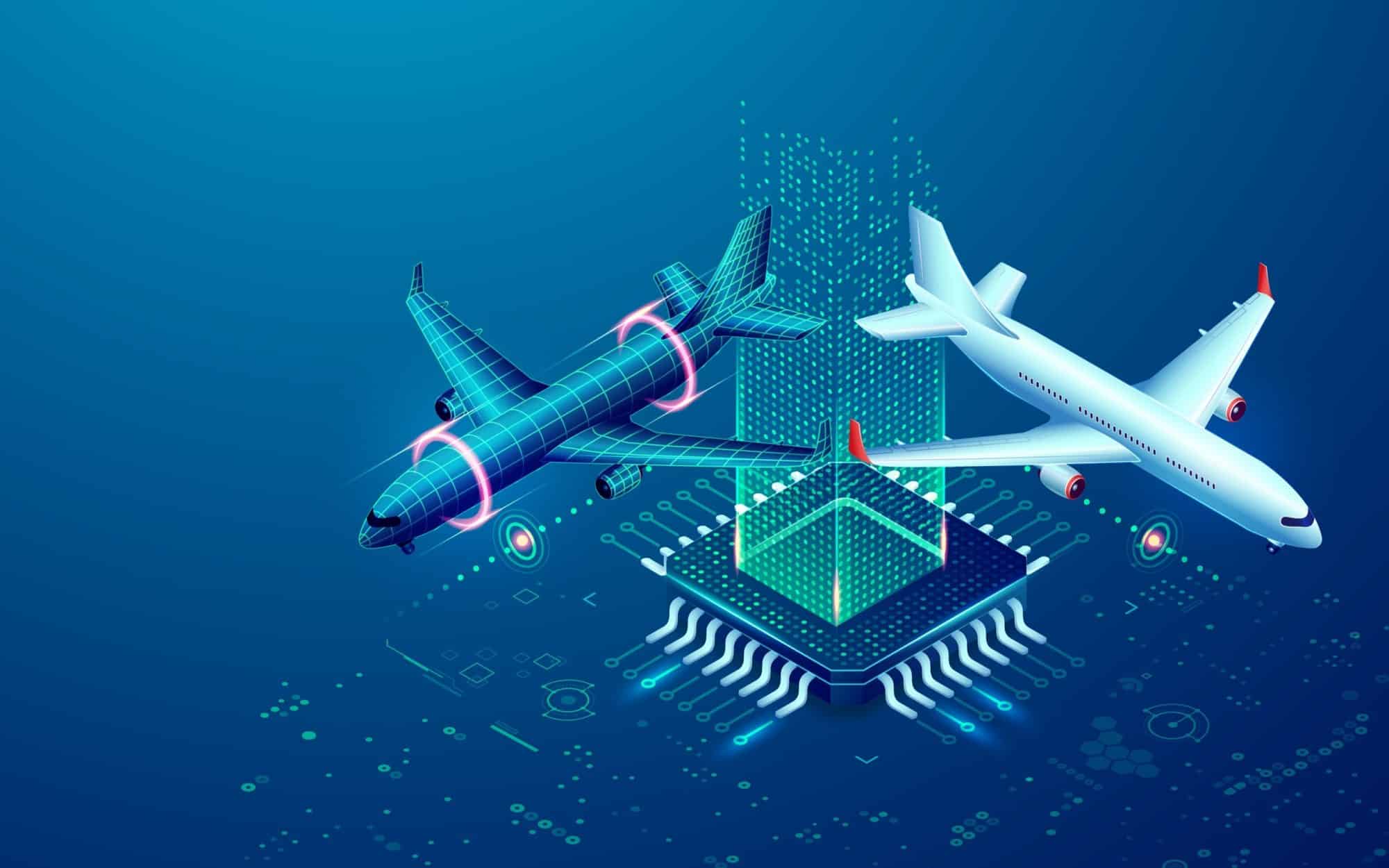Free Your Mind from Real World Restrictions: Digital Engineering

By Mallory Arnold
When learning about digital engineering, I could not help but reminisce on my 12th grade AP physics class, in which this language and business major happened to get an A+. Inevitably, in every homework assignment, was the dreaded word problem. Oh, how I hated the word problems and their obnoxious attempts at real-world applicability.
A constant force of 1200 N is required to push a car along a straight line. A person displaces the car 45 m. How much work is done by the person?
The answer to that question is of course, “Way too much. They should’ve called AAA.” Also, why was it always a car in these problems, and who in their right mind is pushing a car 45 meters? For the record, I think these word problems are why I ended up majoring in foreign languages and business, not engineering.
Jokes aside, in learning how the laws of physics governed everything in the observable universe – from a feather falling in a vacuum to the escape velocity of space shuttles – I began to see everything as a math problem with infinite possible inputs and outputs. From the infinitesimally small to the incomprehensibly large, physics could model just about anything.
While the idea of creating models to solve problems is not new, technology is now at the stage where we can realistically create digital models of the physical world by taking in all the “physics” data. Take Formula One (F1) racing for instance. There are no physical prototypes made of F1 racing cars. Every aspect of the racecar is modeled with digital twins from the mass, engine torque, turn handling, tire interaction with the road, and even the driver’s handling ability. Only one physical racecar is built.
Ok, maybe the word problems about cars make sense!
So, what is Digital Engineering? At Amentum, we view digital engineering as the application of computer hardware, software, networks, systems, and cloud technologies to model highly complex physical environments over real-world scenarios. We have made several investments to help our customers realize a digital engineering transformation.
Advancing Our Clients into the Future. Amentum established a 6,000 sq. ft. Model Based Systems Engineering (MBSE) Collaboration Center complete with a comprehensive digital engineering tool suite. We offer Object Management Group (OMG)-Certified Systems Modeling Professional™ (OCSMP™) certification and training. Our subject matter experts have developed a Digital Engineering Playbook that aligns with both the 2018 DoD Digital Engineering Strategy and the INCOSE’s 2020 MBSE Initiative to define our standards and practices.
Successes. These investments have led to numerous successes for our customers. We created a full digital twin of an entire U.S. Navy nuclear submarine including models for all mechanical, electrical, fire suppression, hull integrity, navigation, and non-propulsion electronic systems. This digital twin is a critical MBSE solution for the Columbia-class submarine acquisition category (ACAT I) program. Our team has also created digital twins which simulate hundreds of Electro-Optical/Intra-Red (EO/IR) and Light Detection and Ranging (LiDAR) sensor nodes and sensor data fusion to support the Army’s replacement of the multiple integrated laser engagement system, or MILES, for soldier field combat exercises.
Through our investments, our customers across DoD have realized several benefits of digital engineering:
- Reduction in Acquisition Risks: Systems are designed, assembled, tested and sustained using digital models thereby reducing learning curve and integration risks. Even partial digitization can reduce risk in systems.
- Reduction in Maintenance: The ability to test via data driven analysis promotes accurate change impact analysis by enabling traceability from requirements to solution. Ultimately this allows sustainment costs to be compared and more accurately predicted.
- Preserving Material Resources: Entire systems can be designed and integrated before having to bend any metal. It provides risk-free experimentation because changes can be made without affecting the supply chain.
- Integrated Data Environment: Diverse data streams can be pulled into a unified model for a “wall of truth.” This model aids and improves communications by adopting a common language that ensures standardized semantics, clarity, and consistency for representing system architecture and design.
Conclusion. Amentum’s robust digital engineering practice is extremely well aligned with our customer’s MBSE requirements.


